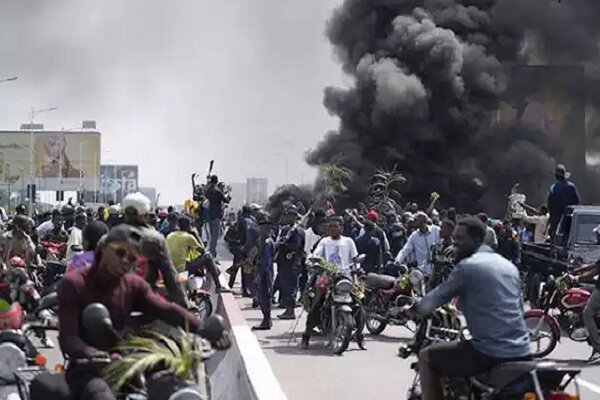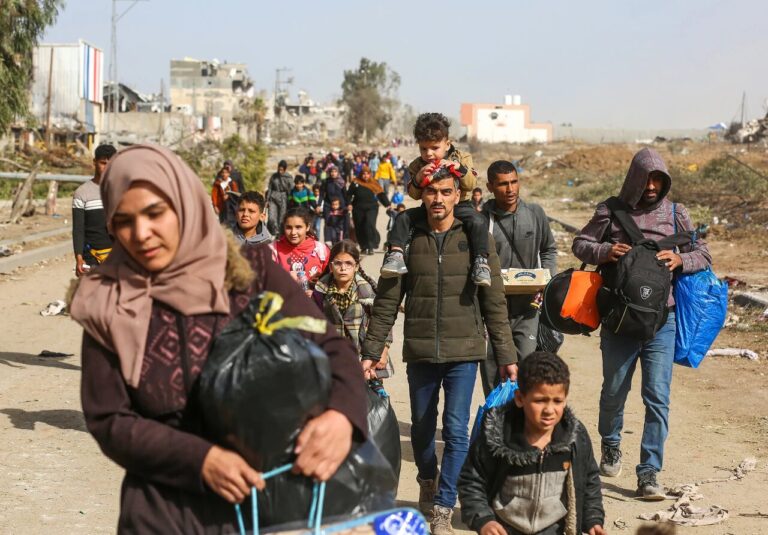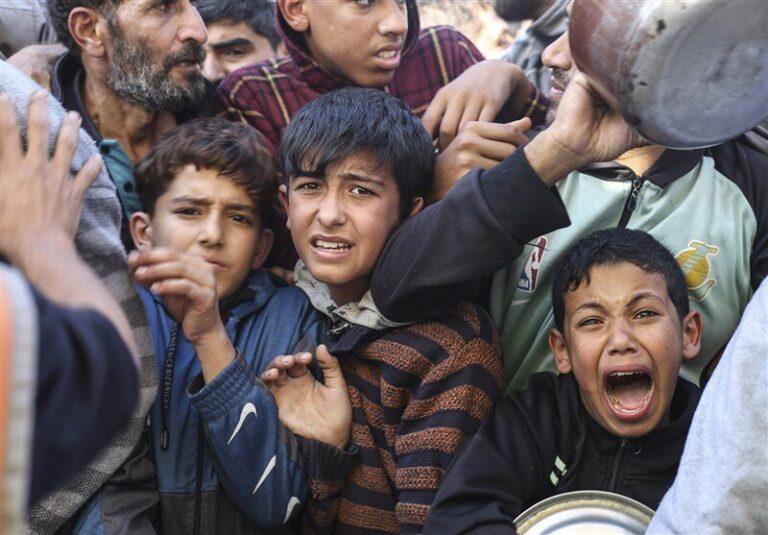Over 1,000 Injured Amid Escalating Hostilities in Eastern DR Congo
The ongoing humanitarian crisis in the Democratic Republic of the Congo (DRC) is a matter of grave concern, with a significant number of civilians suffering from severe injuries due to ongoing violence. According to Bruno Lemarquis, who serves as the Deputy Special Representative to the United Nations Stabilization Mission in the DRC (MONUSCO), local hospitals are overwhelmed with casualties and are struggling to provide adequate care.
As highlighted by Lemarquis, the situation has reached a critical level where local healthcare facilities are filled to capacity. The assistance from organizations such as Doctors Without Borders, the International Committee of the Red Cross (ICRC), and the World Health Organization (WHO) is proving to be insufficient to meet the overwhelming demands of the population. The dire circumstances have raised alarms about the potential for more human casualties in the region.
Key points about the current healthcare crisis in the DRC include:
- Overcrowded Hospitals: Local hospitals are unable to accommodate the influx of injured civilians, leading to a lack of proper medical attention.
- Insufficient Resources: There are severe shortages of essential medicines, medical equipment, and qualified personnel.
- Increased Casualty Risk: The lack of resources significantly heightens the risk of additional human casualties, as hospitals cannot operate effectively.
In Goma, a city particularly affected by this crisis, hospitals are underfunded and understaffed, making it even more challenging to manage the flow of casualties. Reports indicate that there is a critical shortage of antibiotics, donor blood, and disposable surgical supplies, which further complicates the treatment of the injured.
Moreover, the situation is exacerbated by the collapse of essential services in the city. The power and water supply systems are no longer functioning, forcing residents to rely on untreated water sourced from natural bodies. This poses a significant health risk, particularly with the looming threat of a cholera outbreak.
Other alarming aspects of the humanitarian situation include:
- Collapsed Infrastructure: The lack of reliable power and clean water sources is severely affecting public health.
- Cholera Outbreak Risk: The consumption of untreated water could lead to widespread cholera outbreaks, further straining the healthcare system.
- Morgue Overcapacity: City morgues are unable to handle the number of deceased, with bodies reportedly lying in the streets, highlighting the urgent need for action.
The combination of violence, healthcare inadequacies, and infrastructure failures paints a grim picture of life in the DRC. The international community must respond urgently to alleviate the suffering of civilians and support the overwhelmed healthcare facilities. The need for immediate humanitarian assistance and a coordinated response from global organizations is critical to prevent further deterioration of the situation.
In conclusion, the crisis faced by civilians in the Democratic Republic of the Congo underscores the importance of international collaboration in humanitarian efforts. Strengthening healthcare systems, ensuring the availability of essential supplies, and restoring basic services are imperative to improve the living conditions and health outcomes for those affected. The time to act is now, as every moment counts in saving lives and restoring hope in this beleaguered region.





